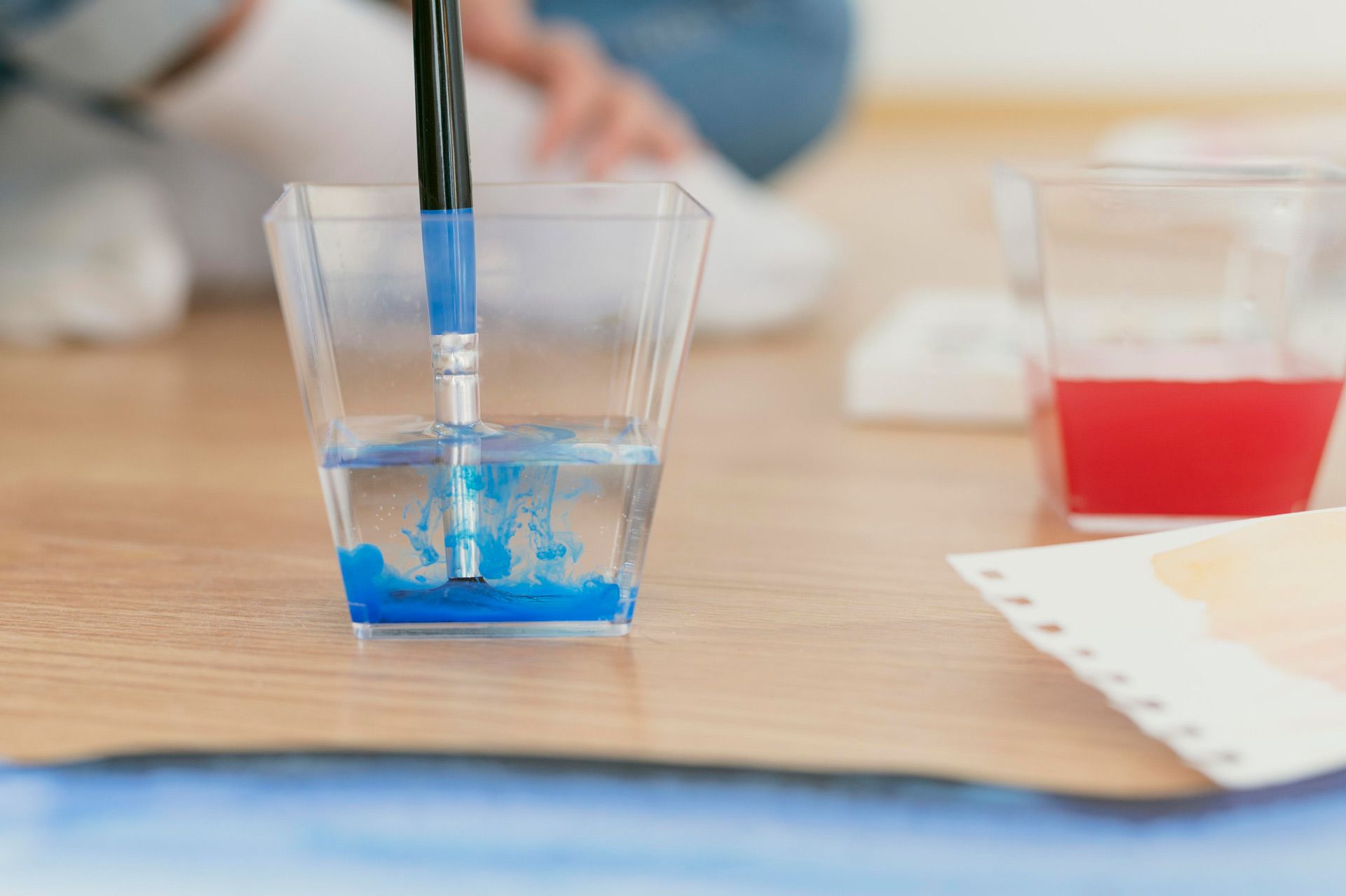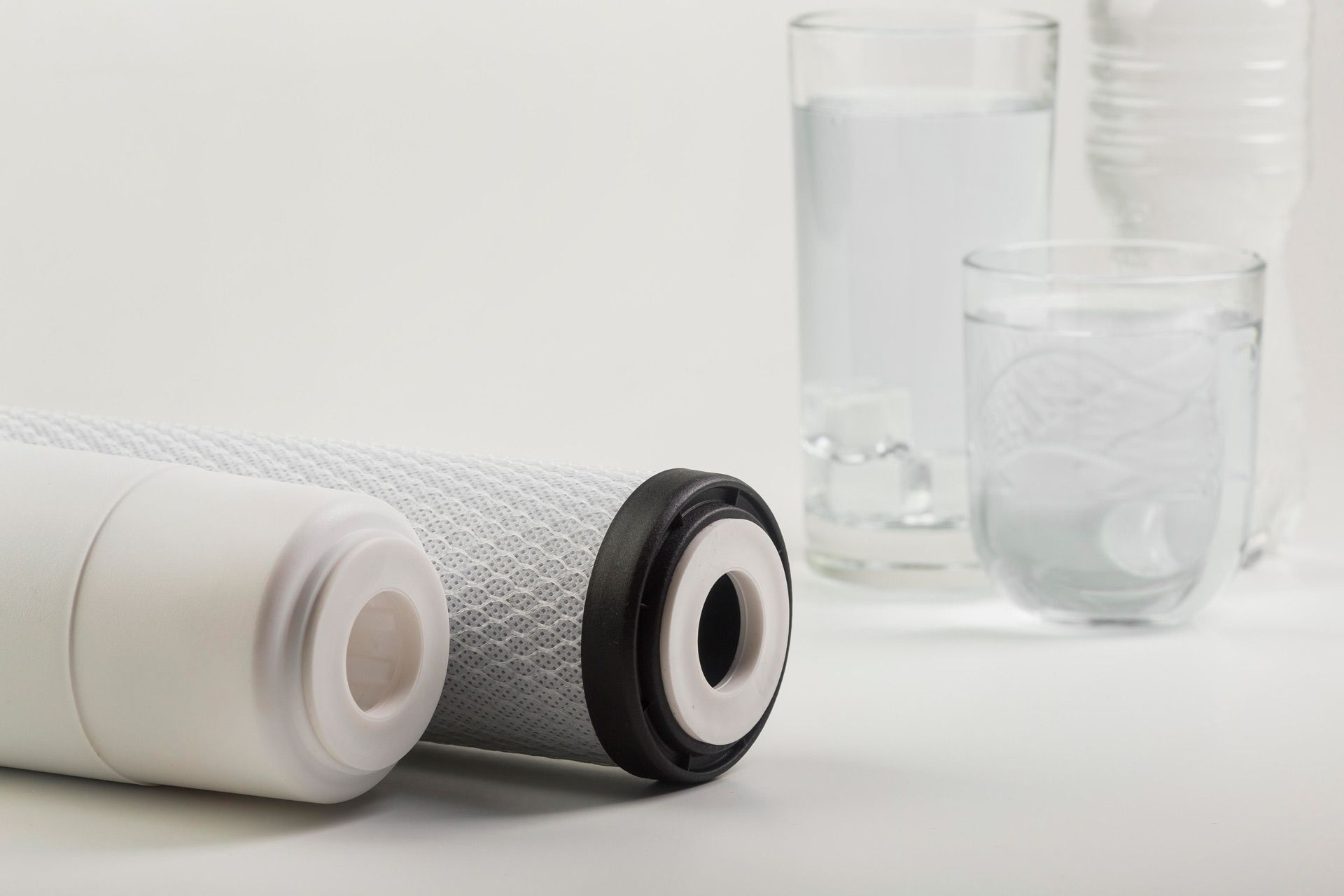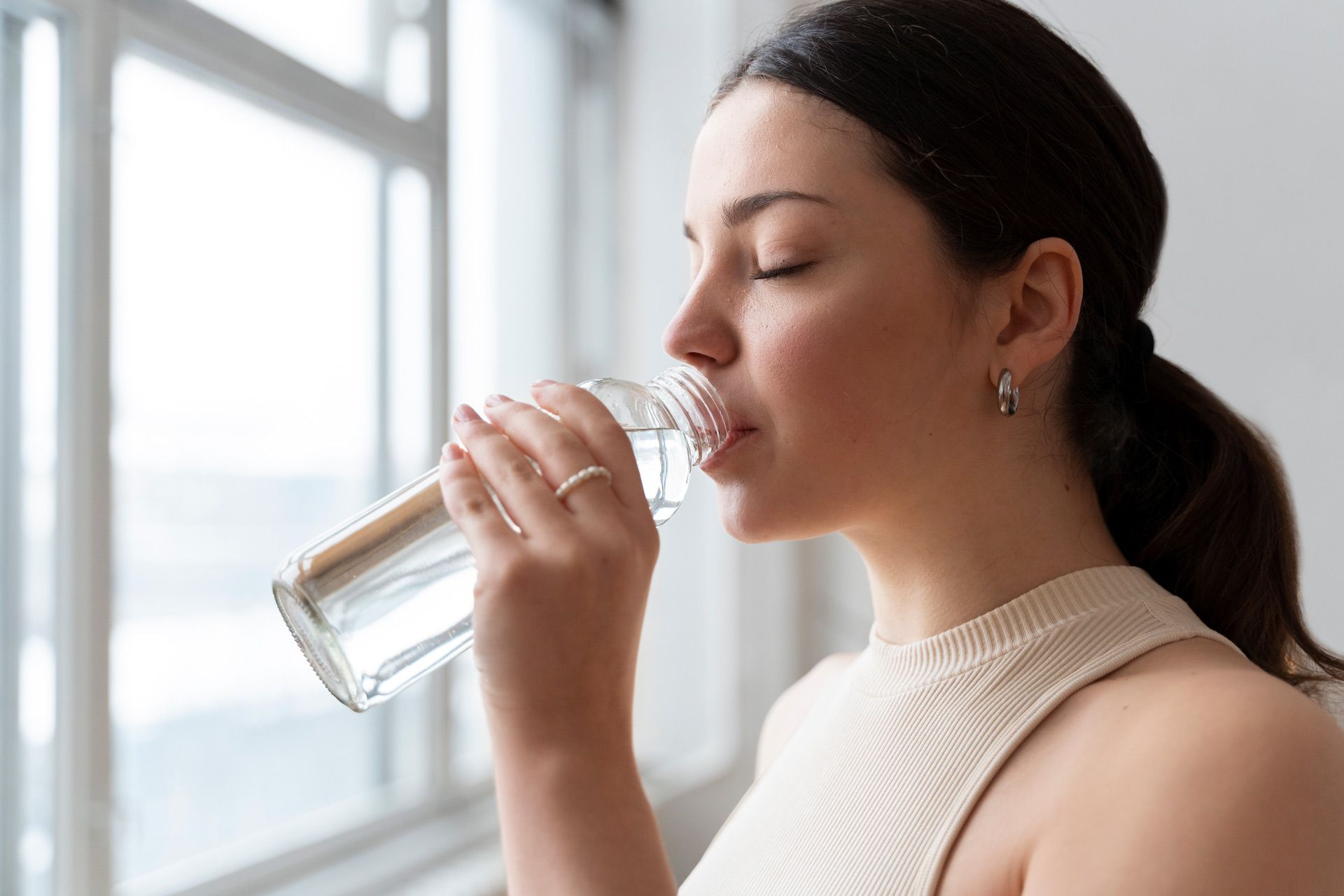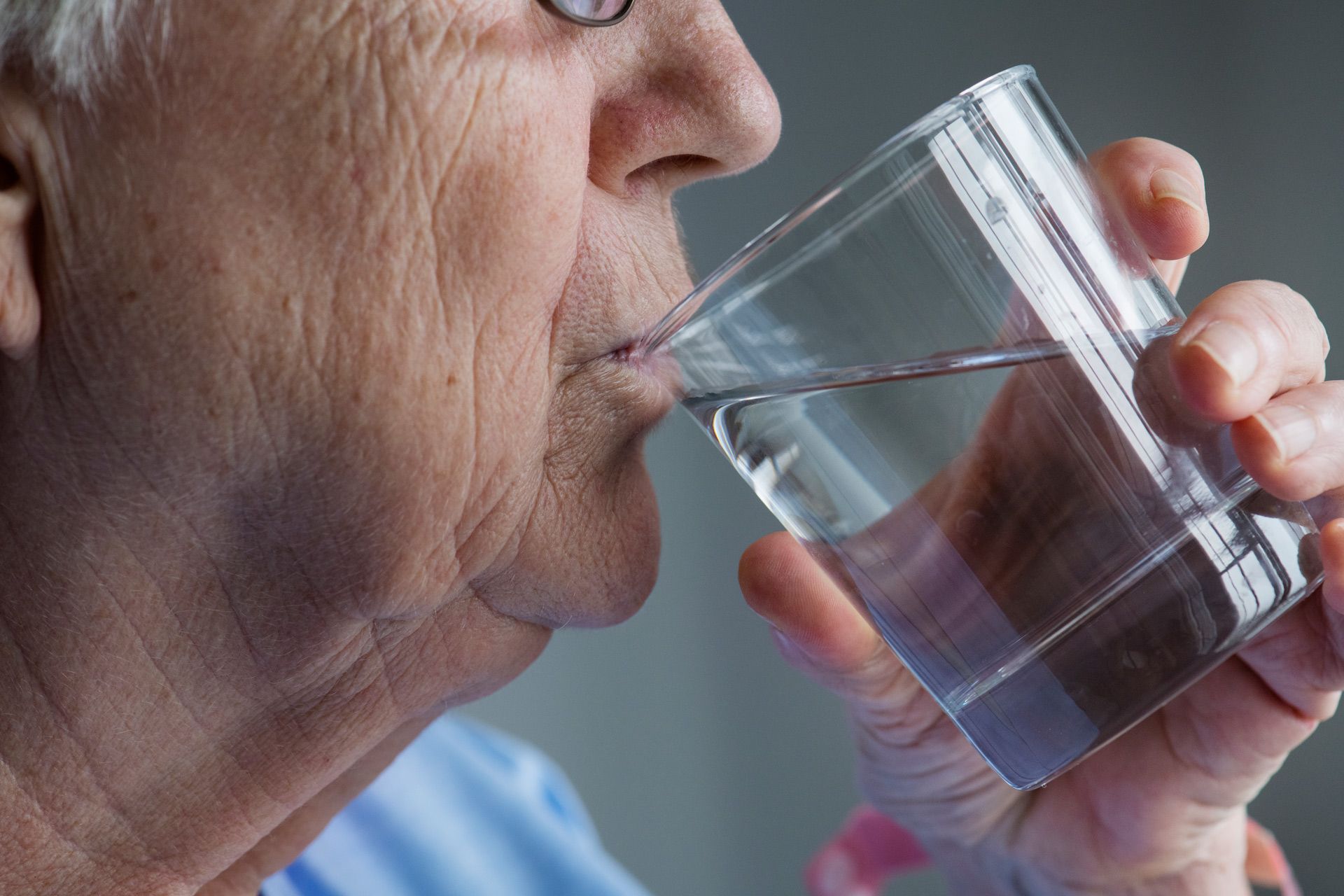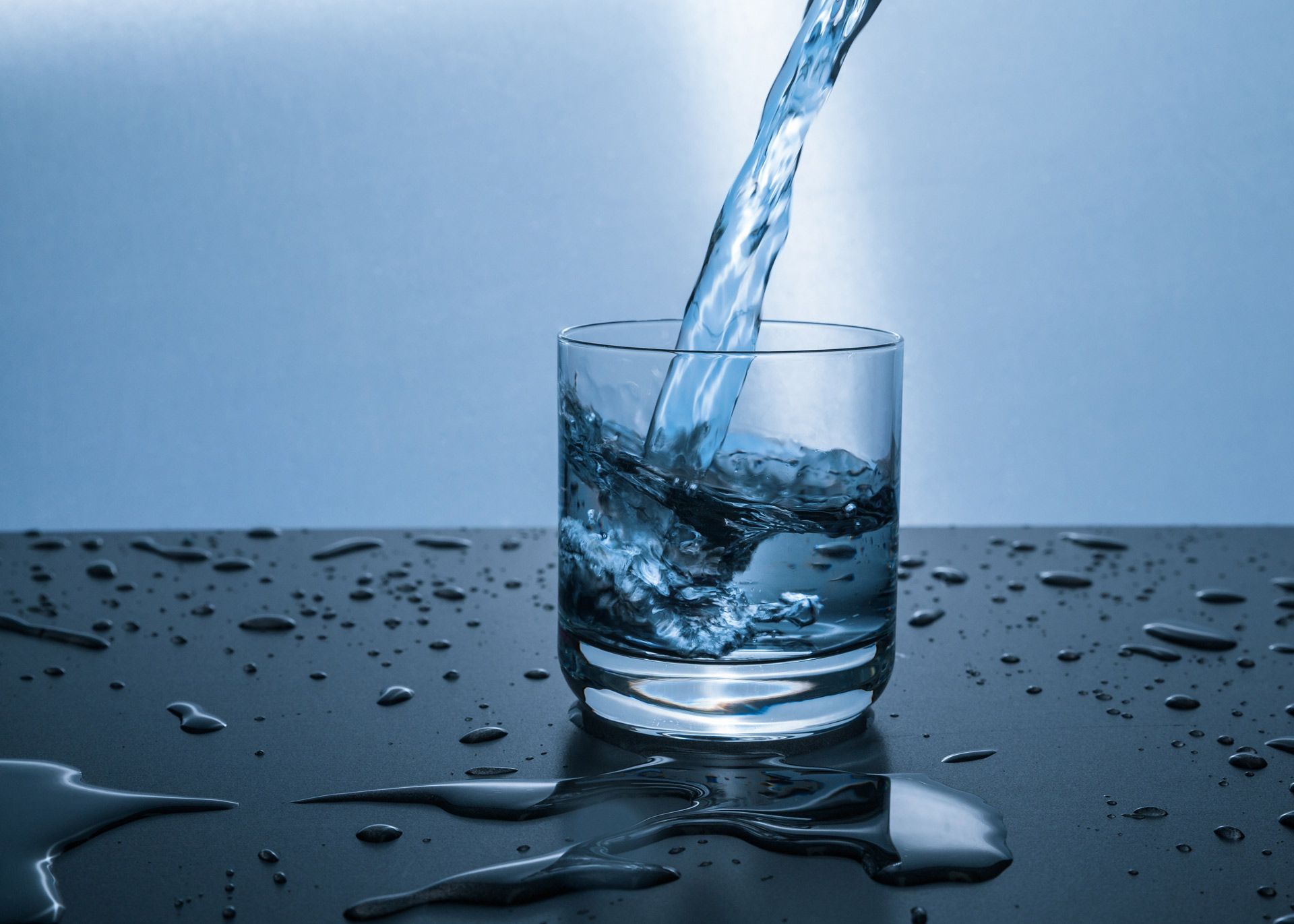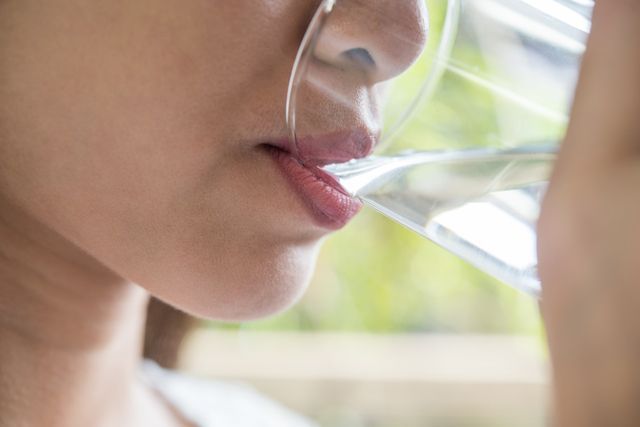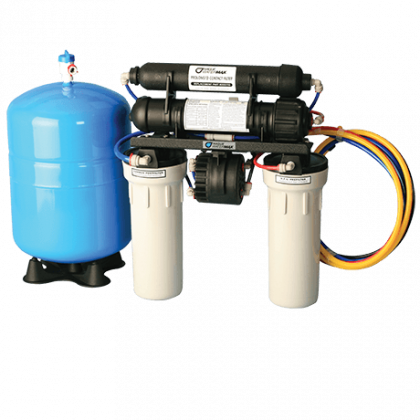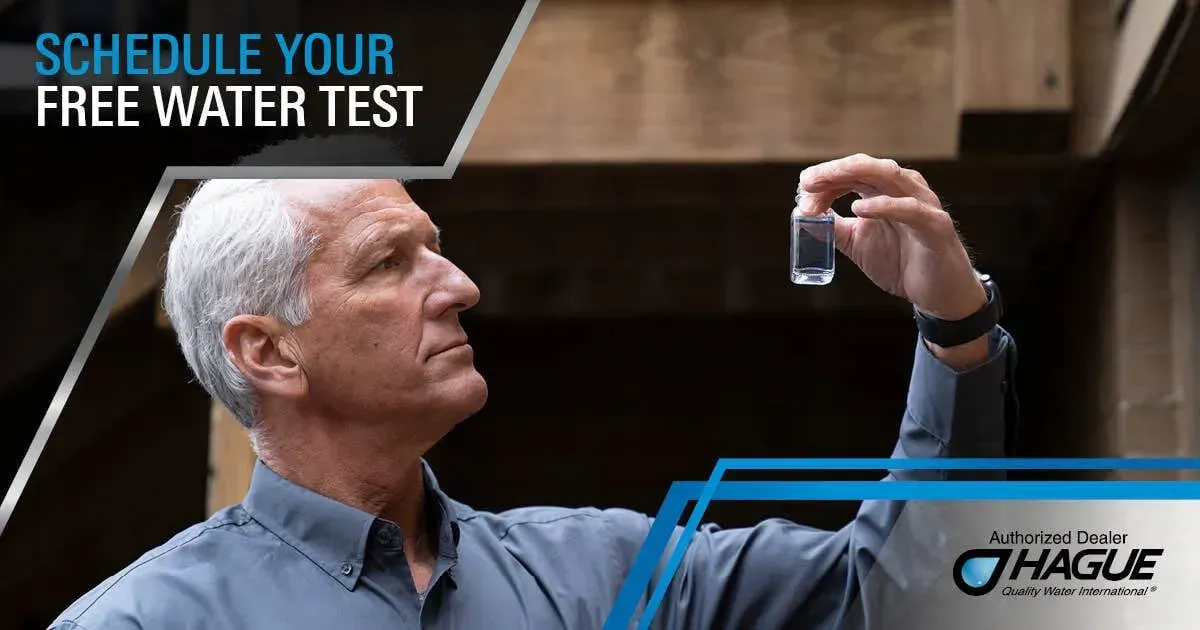Ultimate Guide to Reverse Osmosis Water Filters & Systems
April 1, 2025
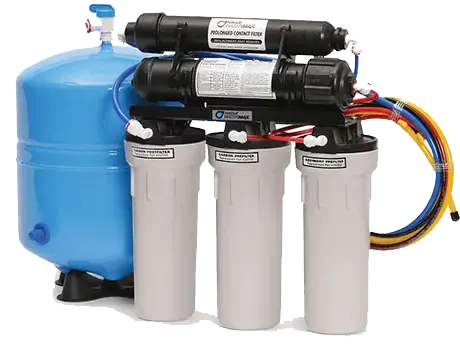
Want safer, cleaner water at home? A reverse osmosis system can help remove harmful stuff from your tap and give you water that tastes fresh and pure. It’s one of the most trusted ways to improve water quality for drinking, cooking, and more.
So, how does it actually work? Here’s the reverse osmosis water filter explained in simple terms: water passes through a special membrane that blocks out contaminants, like lead, chlorine, and even bacteria. The result? Cleaner water you can count on.
In this guide, we’ll walk you through how RO systems work, what to look for when buying one, and how to keep yours running smoothly. If you’re serious about better water, this is where to start.
What is Reverse Osmosis?
Reverse osmosis is a water purification process that uses a semi-permeable membrane to remove ions, unwanted molecules, and larger particles from drinking water. In reverse osmosis, water is forced through the membrane, leaving contaminants behind. This process ensures that only clean, pure water passes through.
The benefits of reverse osmosis water are numerous. It removes harmful substances like lead, chlorine, fluoride, and even some bacteria. This makes the water not only safe but also improves its taste and odor.
How Does Reverse Osmosis Work?
The reverse osmosis process involves several stages of filtration. Each stage removes different types of contaminants to ensure the water is as pure as possible. Here’s a step-by-step look at how it works:
- Pre-Filtration: Water passes through a pre-filter to remove larger particles like sediment and chlorine. This protects the RO membrane.
- Reverse Osmosis Membrane: The pre-filtered water is then pushed through the semi-permeable membrane. This membrane removes contaminants such as dissolved salts, bacteria, and other impurities.
- Post-Filtration: After the water has passed through the RO membrane, it goes through a post-filter to remove any remaining impurities. This final step ensures the water is clean and safe to drink.
- Storage Tank: The filtered water is stored in a tank until it’s ready to be used.
- Final Polishing Filter: Before the water reaches your faucet, it passes through one last filter to improve taste and quality.
Using diagrams or visuals can help illustrate these steps clearly.
Types of Reverse Osmosis Systems
Reverse osmosis systems come in various forms to suit different needs. Here’s a look at the most common types:
Whole House Reverse Osmosis Systems
Whole house reverse osmosis systems are designed to provide clean water to every tap in your home. These systems are ideal for homes with poor water quality or specific needs for purified water. Benefits include:
- Clean water for drinking, cooking, and bathing
- Protection against contaminants throughout the home
- Improved water taste and odor
Installation of a whole house RO system involves connecting it to your main water line. This ensures that all water entering your home is purified.
Countertop Reverse Osmosis Water Filters
Countertop RO filters are compact and easy to install. They sit on your countertop and connect to your faucet, providing purified water without any major installation. They are perfect for apartments or rental homes where permanent installations aren’t possible. Key features include:
- Portability and ease of use
- No permanent installation required
- Cost-effective
Reverse Osmosis Water Filter Pitchers
RO water filter pitchers are similar to regular water filter pitchers but use reverse osmosis technology to purify water. They are convenient for small households and require no installation. Pros and cons include:
- Pros: Affordable, easy to use, no installation needed
- Cons: Limited water capacity, slower filtration compared to other RO systems
Choosing the Best Reverse Osmosis System
Choosing the right reverse osmosis system depends on several factors such as water quality, budget, and available space. Here are our top recommendations for different needs, along with the qualities to look for in each type:
Best Reverse Osmosis System for Home Use
- High-Quality Filtration: Look for systems that effectively remove a wide range of contaminants.
- Affordable Price: Balance between cost and benefits to find a system within your budget.
- Ease of Installation and Maintenance: Choose systems that are easy to install and maintain without requiring professional help.
Best Whole House RO System
- Comprehensive Filtration: Ensure the system can filter all the water entering your home.
- Durability and Reliability: Opt for systems with a solid reputation and long-lasting components.
- Suitable for Poor Water Quality: Ideal for homes with serious water quality issues that require extensive filtration.
Best Countertop RO Filter
- Portability and Ease of Use: Choose models that are easy to set up and move if needed.
- Perfect for Small Spaces: Ideal for apartments or rental properties where permanent installations aren't possible.
- Cost-Effective Solution: Provides clean water without the need for a complex installation.
Best 5-Stage RO System
- Advanced Filtration: Look for systems with multiple stages that ensure maximum water purity.
- Wide Range of Contaminant Removal: Capable of removing more impurities compared to basic systems.
- Ideal for High-Quality Water Needs: Suitable for those who prioritize the highest water quality.
Installation and Maintenance of Reverse Osmosis Systems
Reverse Osmosis Installation
Installing a reverse osmosis system can be straightforward if you follow these steps:
- Choose a Location: Install the system under the sink or in a basement.
- Assemble the System: Follow the manufacturer’s instructions to assemble the unit.
- Connect to Water Supply: Attach the system to your water supply line.
- Install the Faucet: Drill a hole in your sink if necessary and install the RO faucet.
- Check for Leaks: Turn on the water and check for any leaks.
How to Change Reverse Osmosis Filters
Regular maintenance is key to ensuring your RO system works efficiently. Here’s how to change the filters:
- Turn Off the Water Supply: Shut off the water supply to the RO system.
- Release Pressure: Open the RO faucet to release pressure from the system.
- Remove Old Filters: Unscrew the filter housings and remove the old filters.
- Install New Filters: Insert new filters into the housings and screw them back in place.
- Flush the System: Turn on the water supply and flush the system to remove any trapped air.
How to Make RO Water
To make RO water, simply use your installed reverse osmosis system. Ensure regular maintenance and filter changes to keep the system running smoothly. Here are some tips:
- Pre-Filters: Change pre-filters every 6-12 months.
- RO Membrane: Replace the membrane every 2-3 years.
- Post-Filters: Change post-filters every 6-12 months.
Conclusion
Using a reverse osmosis system is one of the best ways to ensure you have access to clean, safe drinking water. Whether you need a whole house system, a countertop filter, or a water filter pitcher, reverse osmosis technology provides high-quality water purification. Understanding the process, types of systems available, and proper maintenance ensures you get the most out of your investment.
By choosing the right reverse osmosis system, you can significantly improve your health and well-being. Clean water is essential, and with the right RO system, you can enjoy the benefits of pure water every day.
Call to Action
For top-notch water treatment solutions, consider Puresoft Water Treatments. They offer a range of services, including water treatment, water softeners, and water filters. Serving Central Indiana and areas like Westfield, Carmel, Brownsburg, Avon, Plainfield, Martinsville, and Mooresville, Puresoft Water Treatments ensures you have access to the best water quality. Contact them today to improve your home's water purity.

